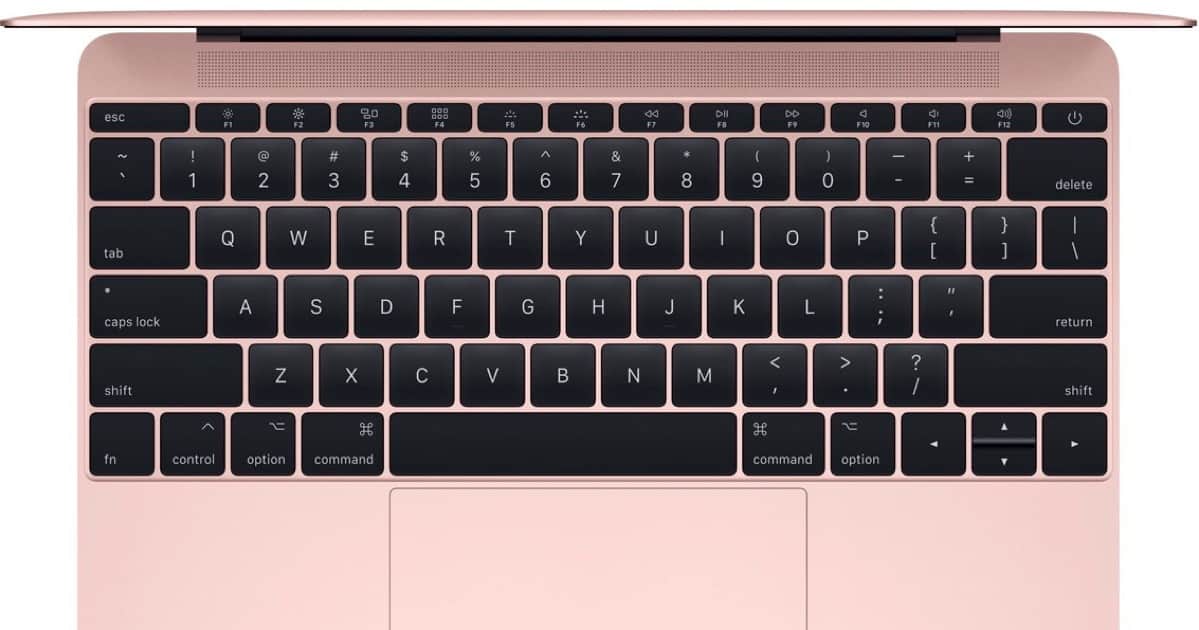How Apple Might Approach an ARM-based Mac

Recent reports suggest that Apple may be working on a hybrid Mac, one that has a touchscreen and also runs iOS apps. An ARM-based Mac. Just how, exactly, would this work?
A touchscreen MacBook that runs iOS apps could be a winner.
[Report Claims Apple Actively Ditching Intel for its Own ARM Processors in the Mac ]
My theory on this is that we’re looking at a special purpose, light-duty MacBook for travel and possibly education. What isn’t likely, in the near term, is a wholesale migration of the Mac lineup from Intel to ARM.
[What to Know About the New Intel CPUs: Coffee Lake & Cannon Lake ]
The macOS – ARM Issue
Apple would have two choices with a touchscreen MacBook that’s designed to run both macOS apps and iOS apps. Apple could:
- Include both a low-power Intel chip (as is done now) and also an ARM CPU.
- Include only an ARM CPU and run macOS and macOS apps in Rosetta-like emulation mode.
In the first case, the Mac could still run macOS apps natively and even make use of virtual machine apps to run Windows and Linux. But the complexity and cost of the hardware integration, with two different CPUs, seems to make this an unsavory and challenging option engineering-wise.
In the second case, macOS would be recompiled for ARM and run natively. Mac apps would, for starters, run in emulation mode, as Apple did once before with Rosetta, but Xcode would afford the opportunity for developers to rebuild native Mac apps. Or build, OMG, the “fat binaries” of old. (A binary that contains the executable code for both CPUs.)
iOS apps would run in a subsystem, natively on ARM, with touchscreen support. This is how I think Apple would do it. If it seems like a stretch, just remember that, undoubtably, Apple has been running macOS on ARM for years now, just as it (secretly) ran Mac OS X on Intel for years before the demise of PowerPC Macs.
But Why?
I can think of several reasons for a Mac like this.
- iPad sales, while nice, are not growing well. Many customers realize that all they need is a great, large-display iPhone and a MacBook/Air/Pro. An iPad is a luxury. And it, for security reasons, may never have the educational potential of macOS and a real, built-in keyboard.
- It would give Apple some initial, test experience in the market with an ARM-based Mac without the risk of a mass migration of the Mac lineup from Intel to ARM. It could be positioned as a special purpose Mac, and if it fails, not much is at risk from a public relation standpoint. The rest of the powerful MacBook Pros, iMacs, iMac Pros, and Mac Pros would remain on Intel.
- Such a Mac would also give Apple some real-world feedback with a touchscreen Mac. It will either sell like gangbusters or be received with a yawn. Apple would have some quantitative data that would be helpful with future deigns of all its MacBook Pros. Toaster-fridges not withstanding. Time and technology have changed.
- Finally, Apple has probably been pondering how to combat Chromebooks that can run both Chrome OS and Android apps. I recently had a guest on Background Mode who affirmed that Chromebooks running Android apps is an important part of Google’s headache inducing competition with Apple in education.
Of course, all this is likely related on the rumored ‘Marzipan” technology that we now think Apple will roll out in 2019. Related:
[Apple Has Plans for Unified Mac, iPhone, and iPad Apps ]
[No Cross-platform App Development Platform from Apple Until 2019 ]
The Future Macs
The overall theme here is a gradual introduction of technologies—a phased approach. Traditional Macs with Intel CPUs will be around for a long time. But the experimentation, if you will, with ARM-based Macs provides Apple with an engineering foundation and flexibility for future directions. My guess is that Apple has some amazing ARM (parallel processing) architectures on the current roadmap for the 2020s, and now is the time to start putting hardware and software pieces in place.
As with all Apple initiatives, it’ll be careful and slow, with Apple’s traditional, solid technology underpinnings. Current investments will be preserved until customers eventually, slowly adopt the new systems – if this initial concept is successful. It’ll be painless, but it’ll also be exciting to see the process evolve.




